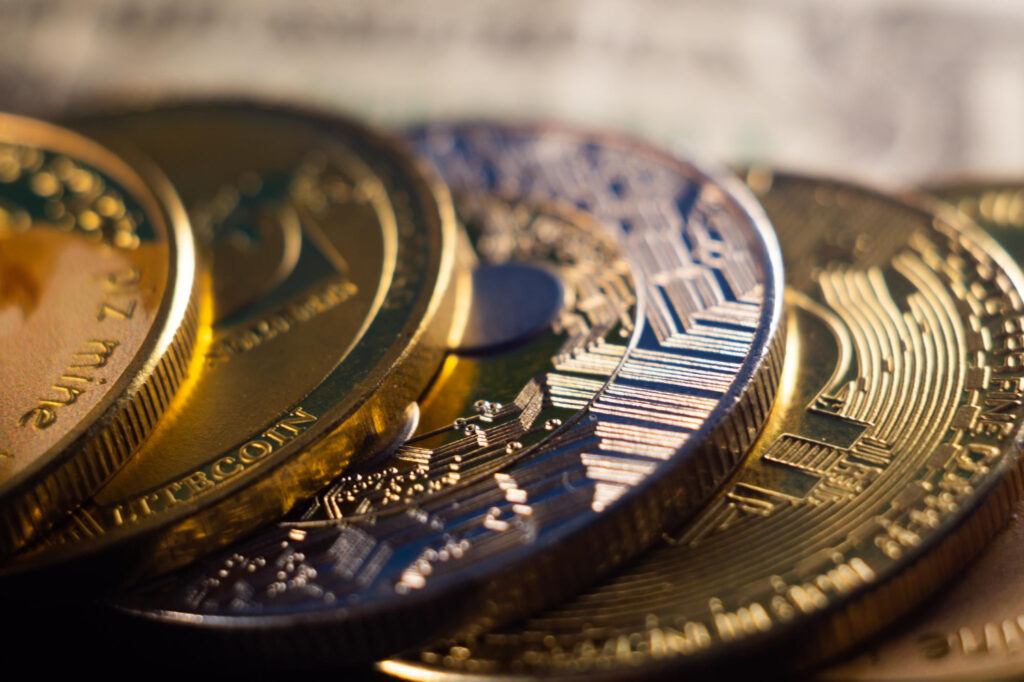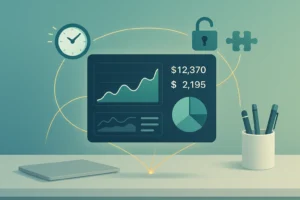October 27 — For years, people have talked about crypto as the great disrupter — someday toppling Visa, Mastercard, and all the banks behind them. But in reality, that’s not quite how it’s playing out. In 2025, the real shift isn’t happening through Bitcoin at the checkout line. It’s happening quietly, under the surface, through something far more practical: stablecoins.
The New Financial Rails
Stablecoins — basically digital dollars — aren’t another crypto craze. They’re quietly turning into the pipes through which money flows on the internet. When a business moves USDC or USDT across blockchains like Solana or Ethereum, it’s not gambling on price swings — it’s just sending dollars faster and cheaper than ever before.
Card networks still dominate the way we pay, but they’re built for a slower world. A card payment doesn’t go straight through. It zigzags between banks, processors, and middlemen, each taking a fee and slowing things down. Stablecoins move more like an email: one address to another, done in seconds, and with almost no middlemen. For global merchants, that means real savings and speed.
From Experiment to Infrastructure
According to the media, several major fintech firms now use stablecoins behind the scenes to move millions every day. Some banks and payment processors even mint their own dollar tokens for internal liquidity. The appeal’s obvious — no waiting around for wires, no end-of-day cutoffs, and far less back-office reconciliation.
This isn’t about tearing down the old system so much as it’s about upgrading it. Rather than killing the banking system, stablecoins are helping it run smoothly. In countries where local money can lose half its value overnight, dollar-based tokens have become a kind of financial lifeline — digital dollars that actually hold their worth.
When Fintech Meets Dollar Tokens
Banks rely on trust and regulation; crypto relies on code and transparency. Stablecoins sit somewhere in between, borrowing the best from both. Stablecoins are where those two finally shake hands. If you’ve ever used a digital wallet that supports USDC or USDT, you’ve already stepped into a parallel version of the dollar system — one that never closes, never sleeps, and doesn’t care about borders.
“Digital cash” is getting redefined. Instead of credit cards or slow bank transfers, it’s becoming stablecoins plugged directly into e-commerce, payroll, and global transfers. In countries from Brazil to the Philippines, freelancers already prefer to get paid in USDC — it’s faster, predictable, and doesn’t evaporate in conversion fees.
Gaming and the Quiet Role of Crypto
Adoption usually starts where the rules are looser and the demand is high, and online casinos have quietly become one of the first real testing grounds for stablecoin payments. A few years ago, many operators experimented with crypto in gaming platforms, taking Bitcoin or Ethereum. Now they’re moving to USDT and USDC because players want stability without giving up the speed and privacy of crypto.
For gamers, it means deposits and withdrawals in seconds instead of hours. For operators, it means fewer chargebacks and better tracking since everything sits on-chain. What began as a niche crypto feature is turning into a reliable dollar-based payment method — one that regulators can monitor if needed. It’s a small but telling example of how digital assets are changing real-world money flow.
Digital Assets Reshaping Finance
Digital assets are changing finance not by blowing it up, but by making it smoother. Stablecoins aren’t trying to wipe banks off the map, but instead pushing them to modernize. A dollar on-chain doesn’t stop being a dollar; it just moves faster, cheaper, and with logic built right in.
As more institutions test tokenized deposits and central bank digital currencies, the line between “crypto” and “finance” is blurring fast. Stablecoins show that tokenized money already works — not as a theory, but at scale.
The Real Competition for Card Networks
Visa and Mastercard have noticed. Both are testing stablecoin settlement systems for cross-border transactions. They understand that the next big payments shift won’t come from another card brand — it’ll come from new rails that bypass the old infrastructure altogether.
Cards aren’t going anywhere soon, but the rails beneath them are already changing. Merchants may still show the Visa logo, but behind the scenes, the transfer might happen in tokenized dollars instead of traditional card balances.
The Slow Revolution Behind Your Payments
Stablecoins don’t grab headlines the way Bitcoin booms do, but they’re quietly changing how money actually moves. They’re teaching the world that money can move as freely as information. When payments settle in seconds and don’t depend on banking hours, then borders and time zones start to lose their power.
The real competitor to card networks isn’t speculative crypto — it’s dollar tokens. Regulated, liquid, and programmable, they’re quietly redrawing how global payments move, from casino payouts to cross-border supply chains.
It doesn’t feel like a revolution, just money finally moving the way it always should have.
This industry announcement article is for informational and educational purposes only and does not constitute financial or investment advice.














